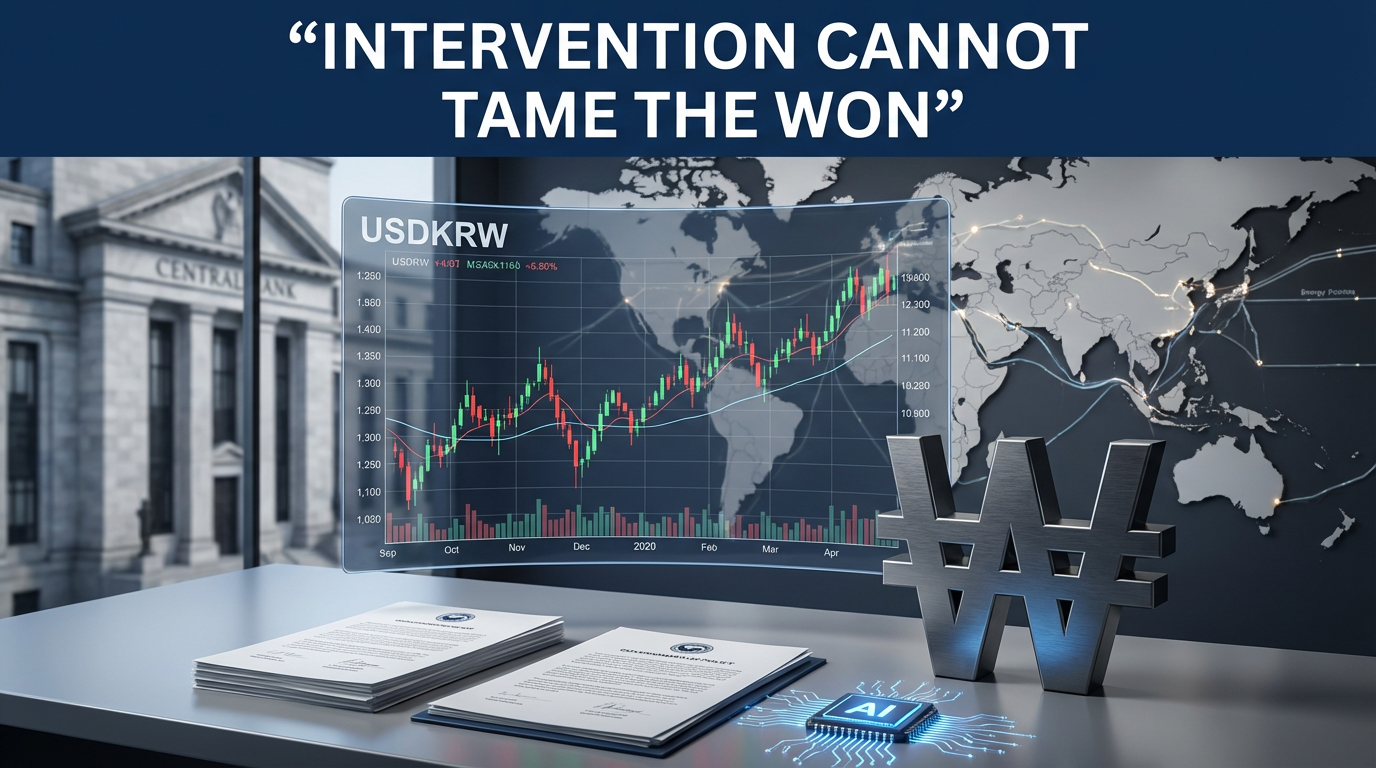● Supply Chain Shockwave
You can grasp the key issues of the global economy, supply chain, market outlook, and retail innovation at a glance.
1. NFL’s Global Expansion and Supply Chain Issues in Game Operations
Supply chain experts discuss the potential of the NFL’s overseas expansion and the logistical challenges of operating international games.
The expected game schedule and travel burdens, as well as player condition management issues, are mentioned as the NFL enters the international market in earnest.
The impact of unbalanced travel schedules on performance is discussed, and the need for efficient schedule adjustments and risk response strategies in terms of supply chain management is emphasized.
It also suggests that continuous innovation, like previous success stories (Super Bowl), is necessary to avoid being left behind in the competition.
2. Unobservable Tariff Policies between the U.S., China, and Canada and Building Supply Chain Resilience
As the U.S. government’s tariff policies change constantly, reciprocal measures such as “If you impose tariffs on me, you’ll receive them too” are unfolding.
Due to the imposition of tariffs and policy liquidity, future economic predictions are difficult, but what companies can do right now is to
Strengthen risk management and supply chain resilience.
Strategies such as securing inventory, diversifying manufacturing regions, and strengthening partnerships are emphasized to prepare for tariff risks.
3. Amazon Effect – Responding to Fast Delivery and Retail Innovation
Amazon has revolutionized the delivery system since 20 years ago, realizing today’s ‘Amazon effect’.
With the expansion of same-day or next-day delivery systems, consumer expectations have risen rapidly, forcing competitors to improve their services.
At the same time, as consumers recognize environmental impacts, they are demanding sustainability considerations and flexibility in choosing delivery options.
As a result, traditional retail companies are also striving to prepare ways to reduce environmental burdens along with immediate delivery.
4. Transformation of Shopping Malls and Recreating Retail Space
In the past, shopping malls in the U.S. were successful consumption spaces in the 1980s and 90s, but have now been reduced from 2,500 to 700.
Movements are being spotted by large retail companies such as Walmart to purchase shopping malls and convert them into new mixed-use purposes.
Traditional shopping malls are being presented with the possibility of being reborn as cultural, community, and experiential spaces beyond simple purchasing spaces.
It is important to preserve the social value and customer experience elements of offline spaces in the competition with digital channels.
5. Trends in Supply Chain Expert Networking and Future Strategy Events
Supply chain experts network at large-scale events (e.g., Gardner Supply Chain Symposium) and share information to
They are focusing on practical strategy development and experience sharing by discussing various issues such as current issues, future regulations, and innovation trends.
Meetings between experts through events serve as an important source of knowledge and information in today’s rapidly changing market environment.
< Summary >
The global supply chain and economic environment are expected to continue to change rapidly through the NFL’s international expansion, tariff disputes between the United States, China, and Canada, Amazon’s logistics innovation,
The re-creation of traditional shopping malls, and expert networking events.
Companies must prioritize strengthening supply chain resilience in the face of uncertain regulations and tariff policies, and secure market competitiveness through retail innovation that meets consumer expectations.
Key SEO Keywords: Global Economy, Supply Chain, Market Outlook, Regulation, Retail Innovation.
[Related Posts…]
• Latest Trends in Global Economic Outlook
• Future Prospects of Supply Chain Innovation
*Source : [Supply Chain Now] Supply Chain Evolution: Trade Policy, Shopping Malls, and 9B+ Amazon Deliveries

● Decoding China’s Economy: Present and Future World Economic Forum Annual Meeting 2025
중국 경제 해독: 현재와 미래 | 2025년 세계 경제 포럼 연차 총회
China’s Economic Apocalypse: 2025 Showdown!
Latest Trends and Future Prospects of the Chinese Economy: A Comprehensive Overview of Key Issues such as Capital Markets, Manufacturing, and Green Transition
[1] Chinese Economic Stimulus and Capital Market Rebound
Key details regarding the announcement of China’s latest stimulus package at the economic forum are explained.
The Chinese stock market has seen record trading volumes due to the recently announced stimulus.
Both foreign and domestic retail investors have shown active inflows of funds.
This reaction in the capital market plays a positive role in restoring confidence in the Chinese economy and promoting consumption.
[2] Global Trade Environment and Strategic Changes with the United States
We examine China’s response strategy after the trade war and tariff increases during the Trump 1.0 era.
Important figures such as the trade imbalance with the United States and the $320 billion trade surplus are introduced.
In preparation for uncertain U.S. policies, China is pursuing the strengthening of its own market and technological innovation.
The potential for continued growth of the Chinese economy can be seen even in this global competitive environment.
[3] High Value-Added Transformation and Digital Innovation in Manufacturing
Chinese manufacturing is focusing on technology and digital transformation beyond simple low-price competition.
The manufacturing upgrading strategy is shifting from “cheap and good” to “cheap, good, and technologically advanced.”
Examples of technological innovation in various fields such as 3D printing and the coating industry are introduced.
Global cooperation and competition are taking place simultaneously in this process.
[4] Green Transition and a New Era for the Energy Industry
China is promoting a transition from oil and gas-centered to renewable energy, hydrogen, and electrification.
With the goal of energy mix conversion, the plan is to balance the proportion of oil, gas, and new renewable energy by 2035.
The green transition is a strategy to utilize it as an economic growth engine beyond simple environmental protection.
In this regard, global energy market and technological cooperation plans are being sought.
[5] Strategies for Boosting Consumption and Activating the Domestic Market
As part of restructuring the economic growth engine, there is a focus on activating domestic consumption and investment.
Policies to strengthen the social safety net, such as employment and pensions, are being importantly addressed to restore consumer sentiment.
Chinese consumers still have a strong tendency to save, but consumption is expected to be stimulated by restoring trust and providing support policies.
Strengthening the domestic market is also closely related to manufacturing upgrades and digital transformation.
[6] Global Paradigm of Competition and Cooperation
Chinese companies are increasing their competitiveness on the international stage through overseas investment and technology transfer.
At the same time, they are working to develop green transformation, energy innovation, and advanced technology through cooperation with the international community.
In particular, mutual benefit and social responsibility are emphasized through investment cases in emerging markets such as Africa.
A global economic outlook is being shared based on constructive optimism.
– The capital market recorded record trading volumes after the announcement of the Chinese stimulus package.
– Competitiveness is maintained through trade surpluses and technological innovation despite trade conflicts with the United States.
– Manufacturing has moved away from low-price competition and upgraded to digital transformation and the application of advanced technology.
– The proportion of eco-friendly energy such as renewable energy and hydrogen is being expanded through the green transition strategy.
– Economic stability and growth are being promoted through domestic revitalization, consumption promotion, and expansion of global cooperation.
Latest Global Economic Outlook: Chinese Economy, Capital Market, Manufacturing, Domestic Revitalization, Green Transition
The recent economic forum deeply covered China’s stimulus package announcement, capital market rebound, tariff issues with the United States, and changes in trade strategy.
This demonstrates the latest trends and policy directions in the Chinese economy’s continued growth, manufacturing’s digital transformation, domestic market revitalization, and green transition.
It provides important data for economic outlook and investment strategies while promoting global cooperation and competition simultaneously.
[Related Articles…]
The Leap of the Chinese Economy
Green Transition and Global Cooperation
*Source : [World Economic Forum] Decoding China’s Economy: Present and Future | World Economic Forum Annual Meeting 2025



